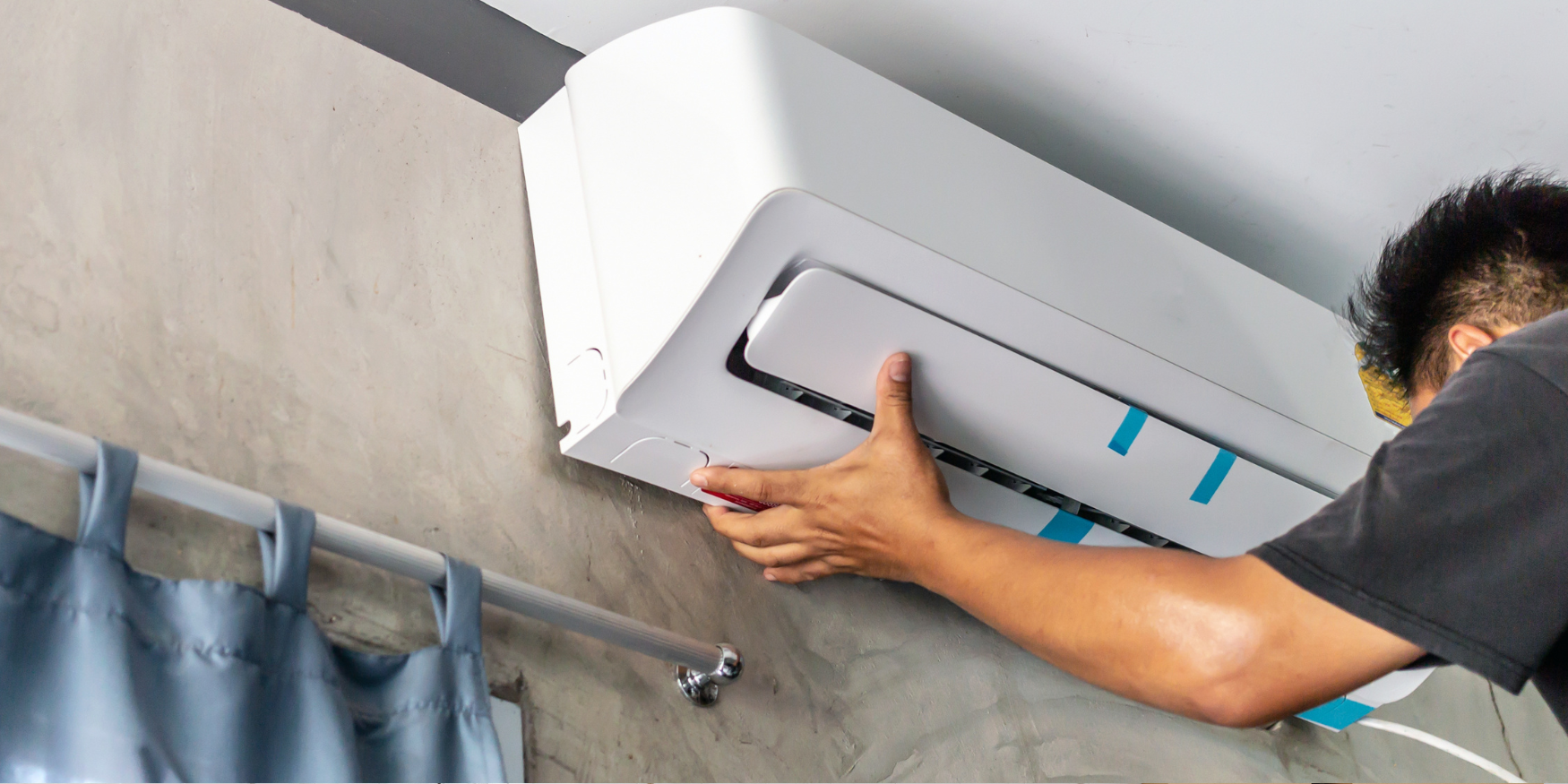Section 1: The ABCs of HVAC: What It Is and Why It Matters
HVAC. You've probably heard this acronym thrown around, especially when talking about buildings or homes. But what does it mean? HVAC stands for Heating, Ventilation, and Air Conditioning. These systems are the unsung heroes of our comfort, working behind the scenes to keep our indoor environments pleasant and livable.
Understanding the basics of HVAC isn't just for professionals. As a homeowner, renter, or even as a curious individual, knowing the principles behind these systems can help you appreciate the comfort they provide and troubleshoot when things go awry. So, let's dive into the fascinating world of HVAC!
Section 2: The Heating and Cooling Dance: The Balancing Act of Temperature Control
The first two letters in HVAC stand for heating and cooling, and they're the principles that most people are familiar with. When it's cold outside, your heating system kicks in to warm your home. Conversely, when the summer sun is blazing, your air conditioning system works to cool things down.
But how does this happen? It's all about the transfer of heat. In the winter, your heating system uses energy (like gas or electricity) to produce heat, which is then distributed throughout your home. In the summer, your air conditioning system works a bit differently. Instead of creating cold air, it actually removes heat from the air inside your home, effectively cooling it down.
Section 3: Ventilation: The Invisible Hero of Indoor Air Quality
Ventilation, the 'V' in HVAC, might be the least understood aspect of these systems. However, it's crucial for maintaining good indoor air quality. Ventilation systems replace or dilute indoor air with fresh outdoor air, reducing moisture, odors, smoke, dust, and other pollutants.
Without proper ventilation, our homes would become stuffy and uncomfortable, and indoor air quality would plummet. This could lead to a variety of health issues, including respiratory problems and allergies. So, while it might not be as noticeable as heating or cooling, ventilation is a vital part of any HVAC system.
Section 4: The Symphony of HVAC: How It All Works Together
Now that we've covered the basics of heating, cooling, and ventilation, let's talk about how these systems work together. The magic of HVAC lies in its ability to maintain a comfortable indoor environment, regardless of the weather outside. This is achieved through a complex network of equipment, ductwork, and controls.
The thermostat is the conductor of this symphony, signaling when to heat, cool, or ventilate based on the temperature and air quality settings you choose. The equipment (like your furnace, air conditioner, and vents) are the musicians, playing their parts to create a harmonious indoor environment.
Related posts










